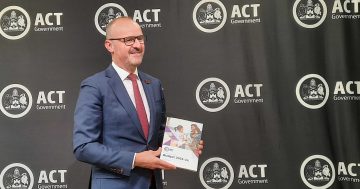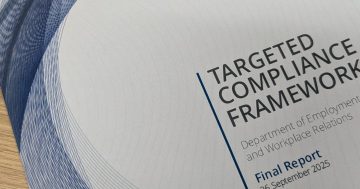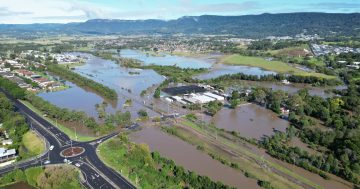 The United States Department of Education is working on a significant overhaul of the troubled Public Service Loan Forgiveness (PSLF) program, according to a source familiar with the plans.
The United States Department of Education is working on a significant overhaul of the troubled Public Service Loan Forgiveness (PSLF) program, according to a source familiar with the plans.
The source, who is anonymous because they are not authorised to discuss the plans publicly, told National Public Radio (NPR) that the changes would come in two phases — a long-term renovation to make the program easier to navigate, and a temporary move using the Department’s executive authority to retroactively relax its rules.
The aim is to immediately help thousands of affected borrowers, all but a tiny fraction of whom have fallen foul of confusing and often contradictory qualifying requirements.
The program was inaugurated in 2008 and required university graduates with high student loans to work in low-paying Public Service jobs for 10 years, while making monthly repayments, after which the balance of the loan would be forgiven.
However, while the first tranche of borrowers became eligible for the PSLF in 2018, only around two per cent have so far had their applications granted.
For borrowers hoping for an easy path to loan forgiveness, the PSLF has acted like the rotting wooden planks of a rope bridge, each plank sending a crowd of frustrated Public Servants plunging.
Problems have raged around the definition of a Public Service job and ineligible repayment plans, leaving millions of people employed in the Public Service, including teachers, firefighters, law enforcement officers and some non-profit workers high and dry.
According to the source familiar with the Education Department’s plans, the Agency is to offer a temporary opportunity for anyone working in the Public Service to get prior loan payments counted toward the PSLF — even if those payments were initially disqualified.
Borrowers are also to receive credit for payments made in the wrong repayment plan, regardless of whether the payments were made on time.
To qualify for this makeover, borrowers will need to apply or reapply for the PSLF before 31 October, 2022.
The Department is expected to provide more information in coming days, including on what it plans to do for longer-term reforms.
Washington, 4 October 2021











